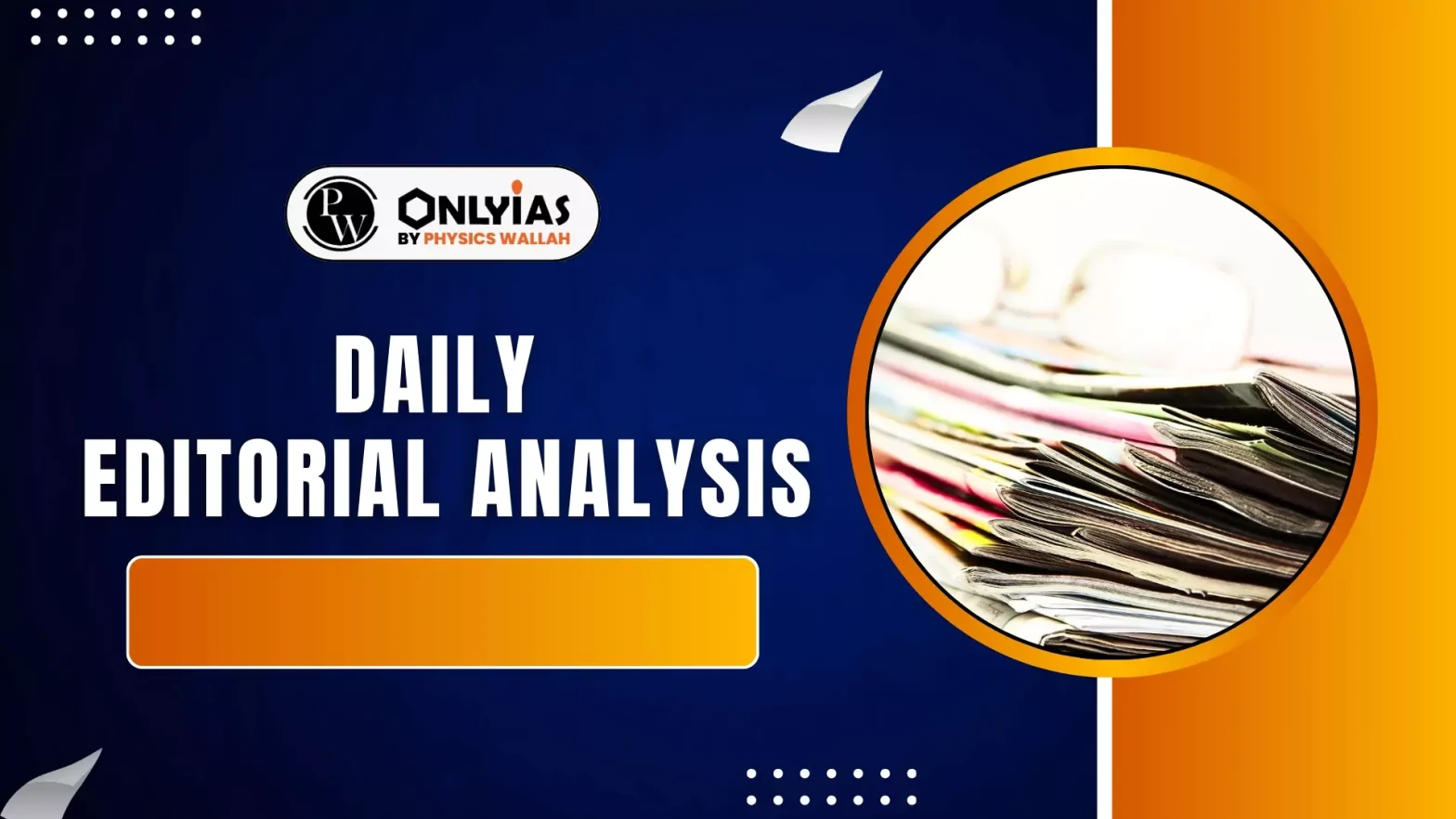India’s digital transformation is driving economic growth but also generating massive e-waste. Managing this growing burden effectively is essential to ensure sustainable development, environmental protection, and a resilient circular economy.
India’s E-waste Challenge
- Among the top global e-waste generators: India along with China, the US, Japan, and Germany.
- Increase in E-waste Generation: From 7.08 lakh metric tonnes (2017-18) to 17.78 lakh metric tonnes (2023-24). The current annual growth is around 1.69 lakh metric tonnes.
Impact of Improper E-waste Management
- Environmental Consequences:
- Water pollution from toxic chemicals like cyanide and sulphuric acid
- Air pollution due to lead fumes, open coal burning, and plastic incineration
- Soil degradation, seepage of toxins such as lead and mercury
- Economic Losses:
- Over $10 billion/year due to environmental pollution
- More than ₹80,000 crore/year lost in critical metals due to informal processing
- At least $20 billion/year in unaccounted tax revenue
- Social Costs:
- Informal recycling involves women and children
- Average lifespan of these workers is less than 27 years
Extended Producer Responsibility (EPR)
- EPR makes producers, importers, and brand owners responsible for the end-of-life management of their products.
- It encourages:
- Sustainable product design
- Inclusion of environmental costs in pricing
- Formal waste management systems
- Reduced burden on municipalities
Significance of Floor Price for EPR Certificates
- Introduced in E-waste (Management) Rules, 2022
- Ensures:
-
- Fair returns for registered recyclers
- Discouragement of informal practices (which handle 95% of e-waste)
- Investment in safe technologies
- Environmental Benefits:
- Reduces landfill burden
- Prevents leaching of toxins
- Promotes material recovery (gold, copper, etc.)
- Economic Stabilisation:
- Aligns with global best practices
- Predictable pricing attracts private investment
- Encourages compliance and formalisation
Criticism and Rebuttal
- Criticism: Floor price may raise producer and consumer costs.
- Rebuttal: Cost is modest compared to environmental and health damages
- Producers can innovate recyclable, durable designs
- Stable prices avoid market manipulation seen in plastic waste sector
Need for a Long-Term Recycling Vision
- Floor pricing is about more than economics; it safeguards: rivers, soil, agriculture, communities, and resources
- Essential to:
-
- Formalise the e-waste sector
- Build advanced recycling infrastructure
- Promote resource efficiency
Conclusion
Effective e-waste management, supported by robust EPR policies and fair pricing, can turn a pressing environmental challenge into an economic opportunity, helping India lead globally in sustainability and circular economy practices.
![]() 13 May 2025
13 May 2025

